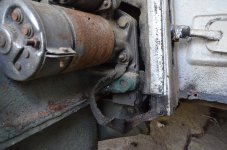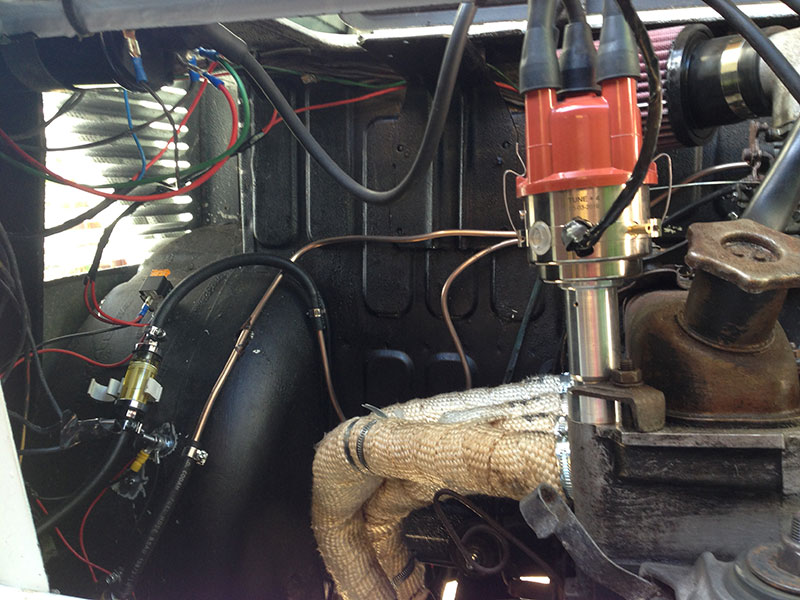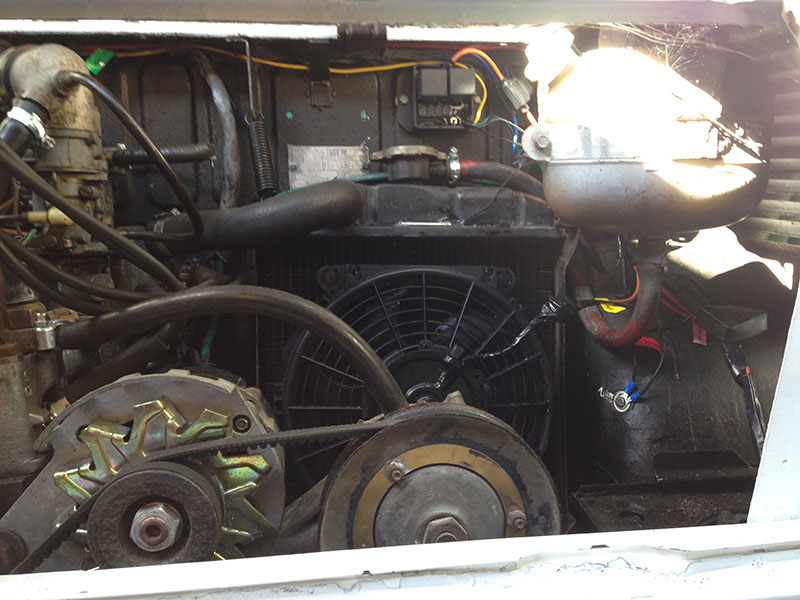Introduction
Hi
After having our 900T Amigo camper (Connie) for the last 14 years (off road for the last 10) we now have the time to work on the restoration.
Luckily for a 1978 Fiat she is surprisingly good condition, thanks largely to the Ziebart rustproofing.
Current status:
- Interior stripped, salvaged sink & cooker but rest was rotten.
- near side sill removed (practically fell off due to previous botched repair - pop-riveted on).
- Engine and gearbox out, largely out of necessity as rear wishbones had turned to paper. Local engineering firm laser cut the spring seats and rebuilt the damper mountings - now back on 4 wheels.
- Various panels sources many thanks to Ricambio.
Will be off to the welders in a couple of weeks to have all the welding done and generally made structurally sound (not much welding really).
Once back she will be stripped back to bare metal, rust-proofed and resprayed. Not sure what colour yet, probably stick to the original white.
I'll add some pic's to chart the progress soon.
I've posted a separate thread about how to upgrade the suicide brakes and would appreciate any suggestions.
Cheers
After having our 900T Amigo camper (Connie) for the last 14 years (off road for the last 10) we now have the time to work on the restoration.
Luckily for a 1978 Fiat she is surprisingly good condition, thanks largely to the Ziebart rustproofing.
Current status:
- Interior stripped, salvaged sink & cooker but rest was rotten.
- near side sill removed (practically fell off due to previous botched repair - pop-riveted on).
- Engine and gearbox out, largely out of necessity as rear wishbones had turned to paper. Local engineering firm laser cut the spring seats and rebuilt the damper mountings - now back on 4 wheels.
- Various panels sources many thanks to Ricambio.
Will be off to the welders in a couple of weeks to have all the welding done and generally made structurally sound (not much welding really).
Once back she will be stripped back to bare metal, rust-proofed and resprayed. Not sure what colour yet, probably stick to the original white.
I'll add some pic's to chart the progress soon.
I've posted a separate thread about how to upgrade the suicide brakes and would appreciate any suggestions.
Cheers





